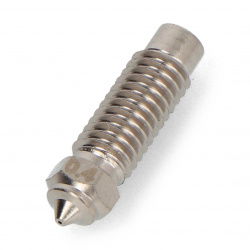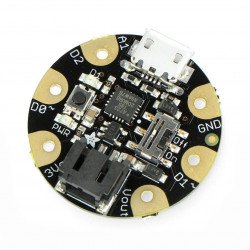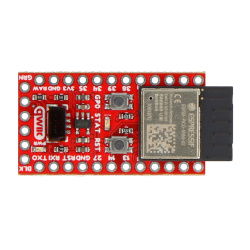|
CATEGORY WITHDRAWN FROM SALE. |
TPU (thermoplastic polyurethane) is a flexible filament, also known as TPE (thermoplastic elastomer). There are several types of TPE, but the thermoplastic polyurethane (TPU) is the most popular flexible 3D filaments. As the name suggests, this material is elastic, and that's why it can be easily stretched and bent. From all flexible materials, TPU is the easiest to print with, and it's commonly described as the midpoint between hard plastic and silicone. A combination of useful properties of these materials ensures that TPU is flexible but retains its shape, cannot break, attracts dust, and hardly scratches. This material can also be completely transparent. At our store, you will find a wide selection of high-quality TPU filaments from Devil Design manufacturer. We provide different colors of these filaments, such as black, white, gray, red, or natural. If you have any questions or doubts, please contact us. Our customer service will help you to choose the best solution for your needs.
















































































































































































































































































































































